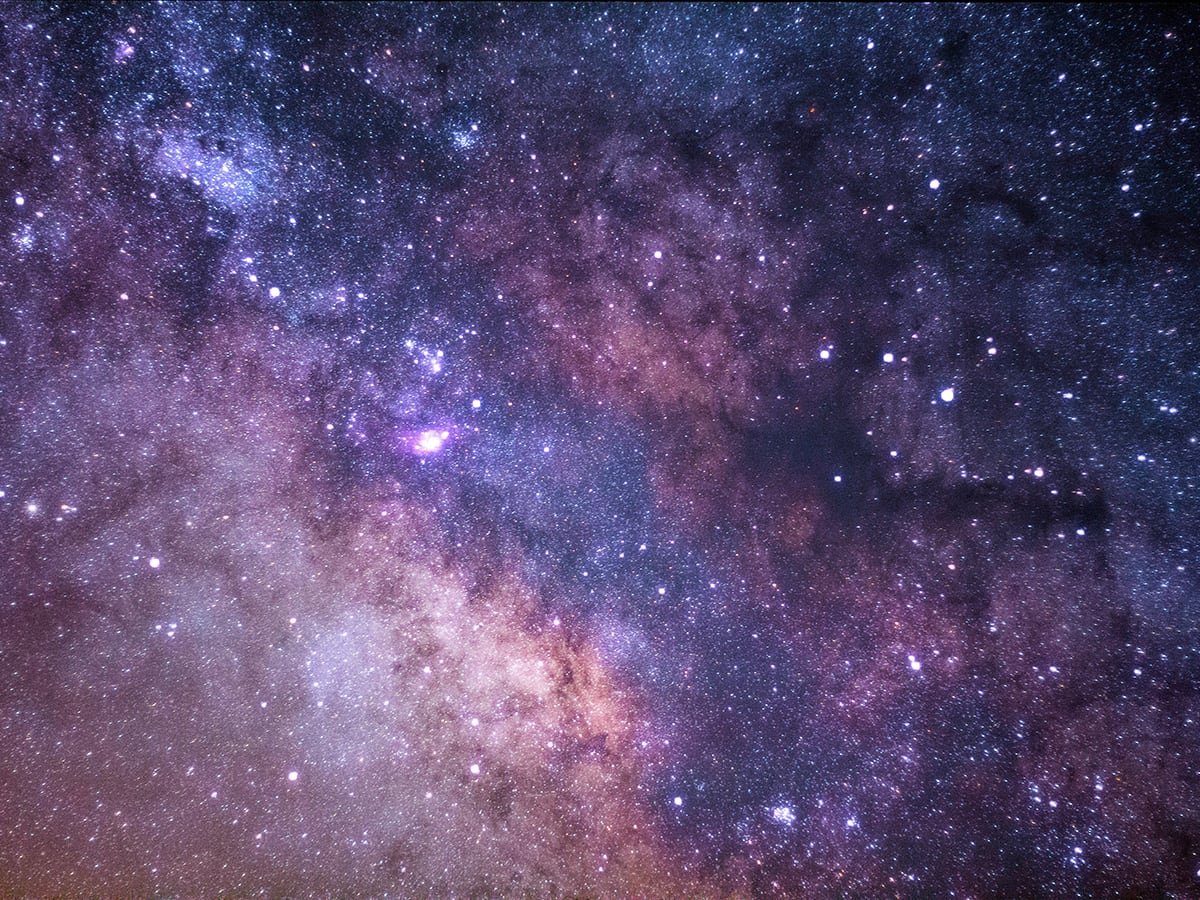Is ʻOumuamua Still Debated Among Top Scientists? The Truth Might Surprise You
Back in 2017, a strange, cigar-shaped object zipped through our solar system — and just like that, humanity had its first known interstellar visitor.
It was named ʻOumuamua, which means “a messenger from afar arriving first” in Hawaiian. But here’s the wild part:
Scientists still don’t agree on what it actually was.
Yes, you read that right. Years later, ʻOumuamua is still sparking heated debates in scientific circles, and the theories range from frozen hydrogen to — you guessed it — aliens.
So, what’s the real story? And why does this mysterious space rock continue to puzzle the world’s top minds?
Let’s dive into the cosmic mystery that just won’t quit.
🛰 What Made ʻOumuamua So… Weird?
When astronomers first spotted ʻOumuamua with the Pan-STARRS telescope in Hawaii, they assumed it was just another comet or asteroid. But then the data started rolling in — and things got strange.
Here’s what made it so unusual:
- It came from outside our solar system. That’s rare — really rare.
- It was oddly shaped — long and thin like a cigar or maybe flat like a pancake.
- It accelerated slightly as it left our solar system — without a visible tail like a comet would have.
This combo of characteristics made it unlike anything we’ve ever seen before.
🧪 The Mainstream Theory: Natural But Unusual
Most scientists today lean toward a natural explanation, though the exact details remain fuzzy.
One leading theory? ʻOumuamua was a fragment of a nitrogen-rich icy body, like Pluto, from another star system. Another idea suggests it was made of hydrogen ice, which could explain the acceleration without needing a tail.
But even these ideas are far from “proven.” They’re clever guesses — built on indirect evidence.
👽 Enter the Alien Hypothesis
Here’s where things get really interesting.
In 2021, Harvard astrophysicist Avi Loeb made headlines when he proposed something bold:
👉 ʻOumuamua might be artificial. As in… a possible alien probe.
He argued that its speed, shape, and strange movement couldn’t easily be explained by natural forces. Maybe, just maybe, it was a piece of alien technology — like a light sail drifting through space.
Loeb even published a book titled “Extraterrestrial”, urging scientists to keep an open mind.
His theory was controversial (to say the least). Many scientists criticized it as speculative. But others admitted — even if it’s unlikely — it’s worth investigating.
🔥 So, Is It Still Being Debated Today?
Yes — very much so.
Even in 2025, ʻOumuamua keeps popping up in conferences, academic papers, and space forums. It’s become a kind of cosmic Rorschach test — what you see in it often depends on your scientific worldview.
- Skeptics say it’s an oddly shaped rock, nothing more.
- Curious minds argue we shouldn’t dismiss unusual data just because it challenges our assumptions.
- New telescopes like the Vera Rubin Observatory may soon detect more interstellar objects — helping us understand where ʻOumuamua fits in the bigger picture.
🧑🚀 Real-Life Analogy: The Strange Car on the Highway
Imagine you’re driving on a highway, and a strange, unmarked car zooms past — silent, fast, shaped unlike anything you’ve seen. It doesn’t look like any model you recognize. It doesn’t follow the road rules. Then it’s gone.
Was it just a weird car? Or something more?
That’s basically what scientists are dealing with. Only instead of a highway, it’s the vastness of space.
🔍 Why ʻOumuamua Still Matters (Big Time)
Here’s the bigger picture: ʻOumuamua opened our eyes.
- We now know interstellar objects can pass through our solar system.
- We realized how little we understand about what’s out there.
- We learned that being curious — even about wild ideas — is part of good science.
Whether it was a chunk of space ice or something crafted by an alien civilization, ʻOumuamua reminded us to look up — and keep asking questions.
🌌 Final Thoughts: Maybe the Universe Is Trying to Tell Us Something
So, is ʻOumuamua still debated?
Absolutely. And maybe that’s a good thing.
Science thrives on curiosity, questions, and mysteries. In a way, ʻOumuamua is doing exactly what its name suggests — acting as a messenger. Whether it brought answers or more questions, it definitely left a mark.
And as we build better telescopes and explore further into the stars, who knows?
Maybe the next visitor won’t leave us guessing.

